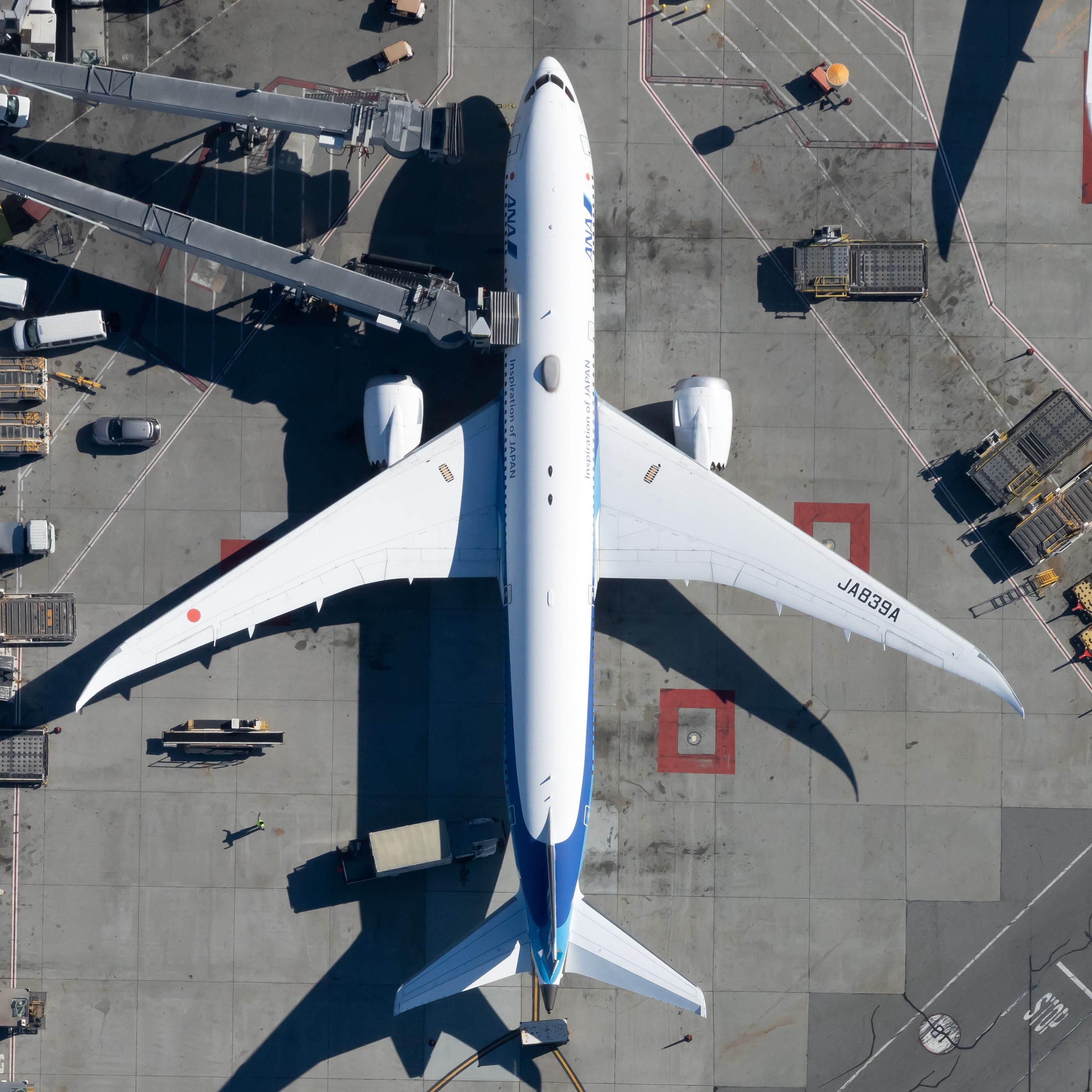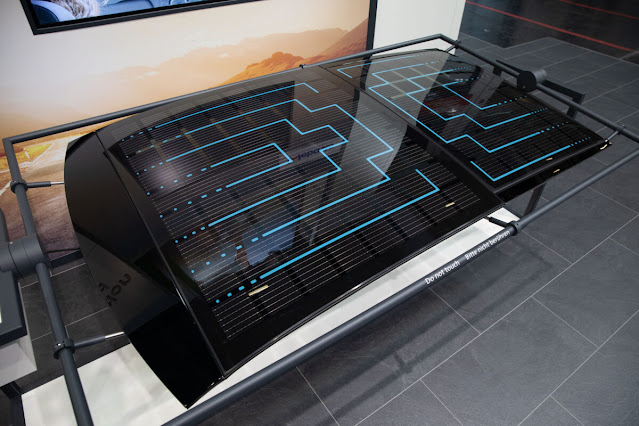Lithium FIRES 🔥 on Boeing Airplanes 📛✈
What Caused The Battery Fires That Grounded the Boeing 787 10 Years Ago?
A combination of design issues, wrong assumptions, and inadequate testing procedures contributed to the fleet's grounding.
In late 2012 Japan Airlines took delivery of another Boeing 787-800, and it entered into service shortly after. They did not know it at the time, but this aircraft would prompt a series of events leading to the FAA grounding an entire fleet of aircraft, causing significant problems for Boeing and airlines worldwide.
Smoke and fire were discovered shortly after passengers and crew disembarked
After landing without incident at Logan International Airport in Boston on January 7th, 2013, and just after passengers and crew had disembarked, the ground crew noticed that the auxiliary power unit (APU) had automatically shut down. When a mechanic went to investigate, smoke and fire were discovered coming from the APU.
Before the airport fire and rescue service arrived, the mechanic used a fire extinguisher, but it took a fire suppressant to extinguish it. After the fire was extinguished, the batteries still gave off heat and were eventually removed from the aircraft. It was a lithium-ion battery manufactured for Boeing by a subcontractor.
This was a brand-new aircraft, having only been delivered to the airline in December 2012.
When a United Airlines Boeing 787 experienced a wiring fault in the same area as the Japan Airlines 787, it was not immediately apparent that the two incidents were related. The FAA and the Japanese Transport Ministry conducted separate investigations.
However, when an All Nippon Airlines Boeing 787 made an emergency landing in Japan after the pilots received a battery malfunction warning related to the main battery, it soon became clear that the incidents were not isolated. The two batteries, the main battery and the APU battery, were the same make and model.
On January 17th, 2013, the FAA ordered the entire 787 fleet across all airlines to be grounded, and the NTSB launched an investigation.
The culprit was eventually identified as a lithium-ion battery. A cell within the battery was believed to have short-circuited, causing what is known as a thermal runaway. This causes failure of surrounding cells, which then overheat, eventually developing into a fire.
The NTSB investigation apportioned fault across several entities. The battery manufacturer was at fault for the battery design, Boeing made incorrect assumptions on the effect of an internal short circuit, and the certification process of the FAA did not include testing for thermal runaway.
Battery modifications and approval from FAA to resume
With a massive fleet of aircraft grounded, airlines adapting to the disruption, and a large order backlog of aircraft, Boeing needed to respond quickly. This was a relatively new aircraft at the time of the incident, and Boeing needed to act before permanent reputational damage was done.
By February, they had already devised a proposed solution to update the batteries and demonstrate the safety case for the modifications. In April 2013, the FAA approved the fix, and Boeing began making the mandated changes to each airframe before returning to service.
Various modifications were made to the batteries. This included a stainless steel casing for the battery and a duct to enable venting to the aircraft's exterior to prevent smoke from reaching the interior and mitigation against the worst effects of the batteries internally short-circuiting.
These incidents are in the past, and the Boeing 787 family has become a hugely popular aircraft for airlines and passengers.






Comments
Post a Comment